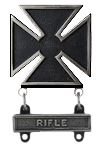Skill Badges
Awards
-
U.S. Army Ranger Tab
-
-
French Fourragere
-
-
4th Infantry Division Combat Unit Patch
-
-
Pathfinder Badge
-
-
Expert Infantryman Badge (EIB)
-
-
Combat Infantryman Badge (CIB4)
-
-
Combat Infantryman Badge (CIB3)
-
-
Combat Infantryman Badge (CIB2)
-
-
Combat Infantryman Badge (CIB1)
-
-
Combat Action Badge (CAB4)
-
-
Combat Action Badge (CAB3)
-
-
Combat Action Badge (CAB2)
-
-
Combat Action Badge (CAB1)
-
-
Expert Field Medical Badge
-
-
Combat Medical Badge (CMB4)
-
-
Combat Medical Badge (CMB3)
-
-
Combat Medical Badge (CMB2)
-
-
Combat Medical Badge (CMB1)
-
-
Air Assault Badge
-
-
Master Parachutist Badge
-
-
Senior Parachutist Badge
-
-
Basic Parachute Badge
-
-
Combat Star (5th Award)
-
-
Combat Star (4th Award)
-
-
Combat Star (3rd Award)
-
-
Combat Star (2nd Award)
-
-
Combat Star
-
-
Master Aviator Badge
-
-
Senior Aviator Badge
-
-
U.S. Army Aviator Wings
-
-
Army Aviation Master Crewmember Badge
-
-
Army Aviation Senior Crewmember Badge
-
-
Army Aviation Basic Crewmember Badge
-
-
Marksmanship Badge (Expert)
-
-
Marksmanship Badge (Sharpshooter)
-
-
Marksmanship Badge (Marksman)
-
![Hell Bound Soldiers [HBS]](http://clanhbs.com/forums/uploads/monthly_2023_08/index.png.76caba98c47e7357b47b9685b4a35d2f.png.2019fa9d02a6e5f6e878284bf1ba5e8b.png.be6ecd60dc4c15bbe9d999ebf6c7652a.png)



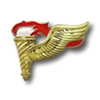






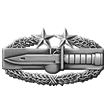
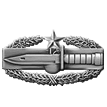
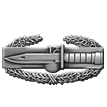






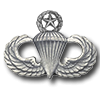
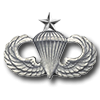

.png.90964cabb7946904a471f3ec54a05047.png.e64609de161adca69169adc0c7fa1ac0.png)
.png.5ab5a31cd9534088888bf71b82852340.png.5056a0a67a3bd11d04f2b6b4215cfa47.png)
.png.ccd67ae133f6c13dfcb851fd1829f3cb.png.3de1f1452f59e7ea31b371f001165148.png)
.png.93a61d28098d65066b7b2fe4b1331a6c.png.fd6b8a5535626a5ff1ef9a52404448b8.png)









